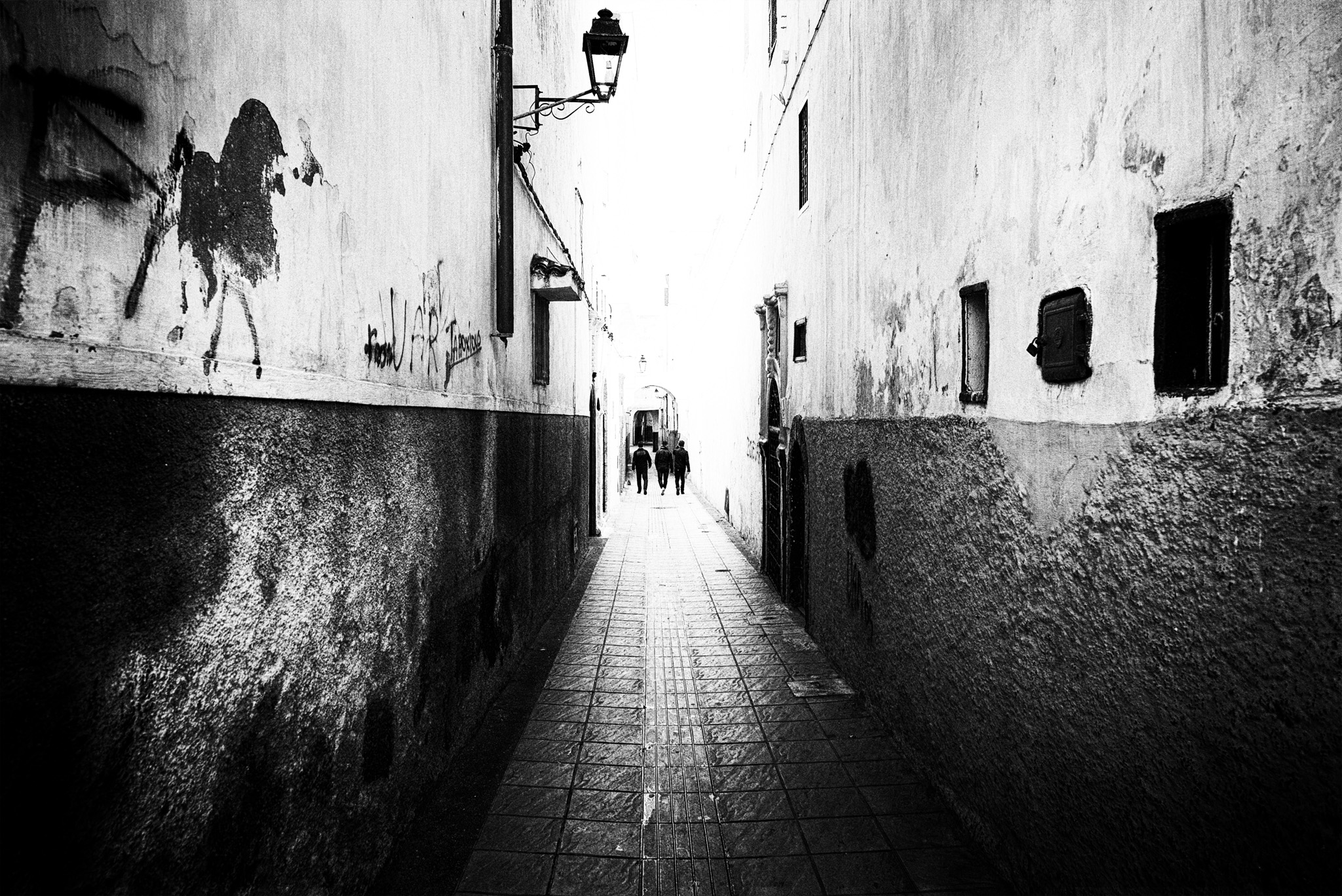My wanderlust after a year and a half of no major trips was such that I had to go somewhere special. The Faroe Islands were high on my wishlist, so with my vaccination card snuggly in my passport holder I made my way there via Iceland in mid-June.
The question of what gear to bring wasn’t a tough one. The Faroes are all about big (really, really big) spaces. While birders would have good reason to haul telephoto lenses there, the rest of us can travel light with wide-angle glass. As with my last European trip, the Zeiss Batis 25mm f/2 was an easy choice for capturing the majestic landscapes. I used it to take the following shot just minutes after picking up a little Kia at the airport car rental.
This remarkable view of the tiny village of Gásadalur was one of the things that drew me to the Faroes. That the geography of the island allows for an unobstructed sight of both the village and the waterfall makes it one of the great observation points on the planet. For this shot I had the Batis 25mm at f/11. Shutter 1/125 and ISO 100.
Two days later, I joined a local guide and did the hike to the Drangarnir sea stacks. While I’m an experienced hiker, I’m not accustomed to perilous heights and I found some the route a bit harrowing. This gave me the sense to put my camera back into my daypack and focus on keeping my feet on not tumbling into the fjord below. The payoff, along with surviving, was reaching this otherworldly view.
The Batis 25mm really shines for shots like this. When editing this, I did not use the Adobe lens correction. While I sometimes like how Adobe will correct for the Batis’s minor lens vignetting, I usually prefer to leave images “uncorrected’ because the slight fisheye effect of the Batis can give a better sense of scale when it comes to landscapes. Vignetting can always be corrected separately when necessary. This shot was at f/14 to ensure every bit of the very long view was in focus. Shutter 1/125 and ISO 100.
The following, taken near the sea stacks but looking across the mouth of the fjord, is an even better example of all the sharp details the Batis can capture in one landscape photo. To understand the scale, please find my hiking guide within the lower right of the image!
f/10, 1/160, ISO 100.






